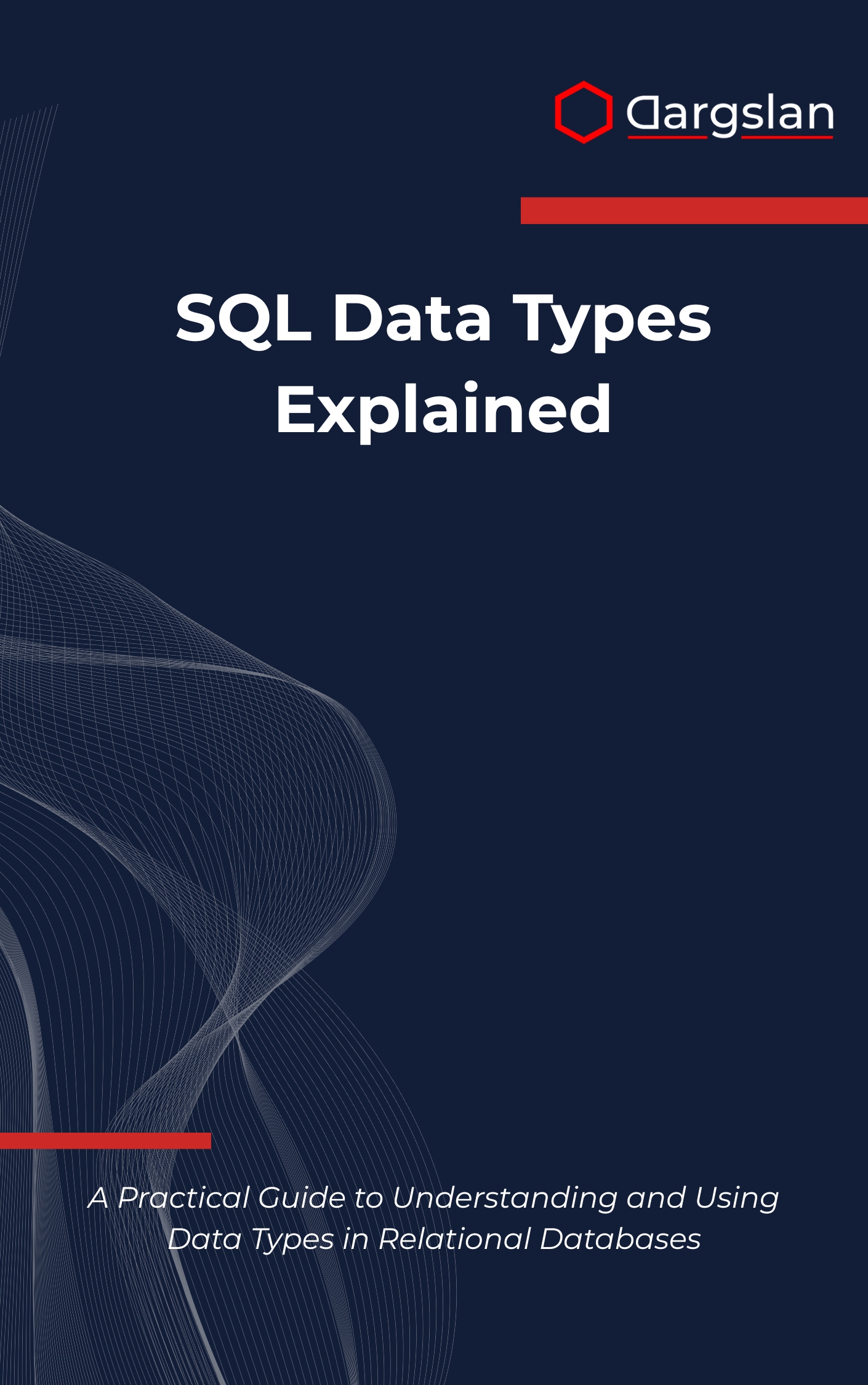SQL Data Types Explained
SQL Data Types Explained: A Practical Guide,Understand SQL data types and use them effectively for database design.

Choosing the right data type is one of the highest ROI decisions you can make in database design. If you’ve ever chased slow queries, oversized tables, or brittle migrations, this book shows how precise type choices unlock speed, integrity, and cross-platform resilience.
A Practical Guide to Understanding and Using Data Types in Relational Databases
Overview
SQL Data Types Explained delivers exactly what its subtitle promises: A Practical Guide to Understanding and Using Data Types in Relational Databases. This SQL-focused technical book is both an accessible programming guide and a rigorous reference, covering Numeric data types, String and character types, Date and time handling, Boolean and logical types, Binary and BLOB types, JSON and XML data types, ENUM and custom types, Arrays and collections, User-defined types, and Type conversion and casting. You’ll also learn Performance optimization techniques, Cross-platform compatibility nuances, Storage optimization strategies, and essential Data type best practices—making it a must-have IT book for modern development teams.
Written with vendor-neutral clarity, the guide shows how to choose types that fit real workloads across MySQL, PostgreSQL, SQL Server, Oracle, and SQLite. Each concept is reinforced with examples, storage size breakdowns, and performance notes so you can design schemas that scale cleanly and query efficiently.
Who This Book Is For
- Database designers and backend engineers who want to select optimal types for integrity, performance, and future-proofing—without guesswork.
- Application developers migrating or integrating systems who need clear guidance on cross-platform behaviors and safe type conversion.
- Data architects, DBAs, and certification candidates ready to master pragmatic, production-tested patterns and elevate their SQL expertise.
Key Lessons and Takeaways
- Lesson 1 — Choose the smallest, most precise type that safely represents your data to improve I/O, memory usage, indexing efficiency, and overall query speed.
- Lesson 2 — Handle temporal data correctly by understanding time zones, precision (DATE vs. TIMESTAMP), and deterministic comparisons, reducing bugs in distributed systems.
- Lesson 3 — Work confidently with semi-structured and specialized data (JSON, XML, ENUM, arrays, user-defined types) while preserving validation, portability, and maintainability.
Why You’ll Love This Book
This guide makes complex topics easy without dumbing them down. You get step-by-step explanations, side-by-side comparisons across major SQL engines, and hands-on examples that mirror real production needs. Instead of abstract theory, you’ll find practical checklists, storage cost calculations, naming conventions, and migration tips that you can apply immediately.
How to Get the Most Out of It
- Start with the fundamentals (numeric, character, and temporal types), then progress to advanced topics like JSON, XML, arrays, and user-defined types; finish with performance and storage tuning chapters.
- Apply each concept to a real table in your environment—benchmark query times, inspect execution plans, and measure storage differences as you vary data types.
- Build mini-projects: convert a VARCHAR-heavy schema to precise types, replace ad-hoc JSON blobs with structured columns where appropriate, and implement safe casting for reports and ETL jobs.
Deep-Dive Highlights
Precision matters for numbers. Learn when to use INTEGER, BIGINT, DECIMAL/NUMERIC, and floating-point types, and how precision/scale decisions impact financial accuracy and index sizes. The book demonstrates overflow boundaries, constraint strategies, and how different engines store and compare numeric values.
Strings and characters deserve attention too. You’ll master CHAR vs. VARCHAR, collation and case sensitivity, Unicode handling, and practical limits that affect sorting, joins, and full-text search. The guidance helps you avoid silent truncation, inconsistent encodings, and expensive scans.
Temporal data can be tricky. The chapters on Date and time handling cover TIMESTAMP vs. TIMESTAMPTZ, time zone normalization, rounding and precision, and deterministic scheduling across services. You’ll stop mixing application and database time logic—and prevent subtle bugs in reporting and auditing.
Binary and BLOB types are covered with a performance-first mindset. You’ll see when to store blobs in-database vs. externally, how to use hashes for deduplication, and what to consider for backups, replication, and CDN delivery.
Modern workloads embrace semi-structured formats. The JSON and XML data types sections compare indexing options, validation techniques, and query patterns across PostgreSQL, MySQL, and SQL Server. You’ll learn when to keep data nested and when to normalize for joins and analytics.
Specialized types bring clarity. ENUM and custom types can encode business rules, but the book shows how to balance readability with portability, including safe migration paths and versioning strategies. Arrays and collections are explored with careful attention to query patterns and indexing trade-offs.
User-defined types and casting round out the toolkit. You’ll see how to design UDTs that improve semantic clarity, along with safe type conversion and casting patterns that prevent data loss. The coverage includes implicit vs. explicit casts, collation-aware comparisons, and cross-engine gotchas.
Performance optimization and storage optimization are woven throughout. Expect concrete tips on row vs. column widths, nullability, default values, compression, and index selectivity. You’ll learn how type choices influence execution plans, join performance, and replication throughput.
Cross-Platform Confidence
Because teams rarely stay on one engine forever, the book emphasizes cross-platform compatibility. Vendor-specific differences are called out with migration advice and practical “least common denominator” approaches, so your schemas travel well from development to production—and across clouds.
Real-World Payoff
By the end, you’ll be able to design leaner schemas, write faster queries, and reduce maintenance risk. You’ll know which types to pick, how to validate them, and how to evolve them safely as your product and data grow.
Get Your Copy
Ready to build faster, leaner, and more reliable databases? Equip yourself with a proven framework for choosing and using data types the right way—every time.




